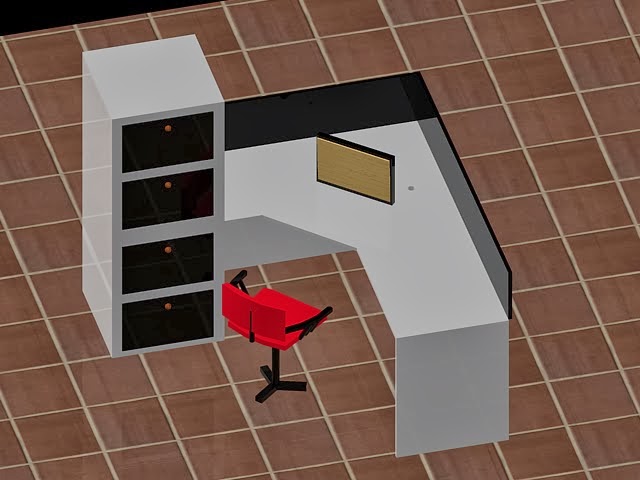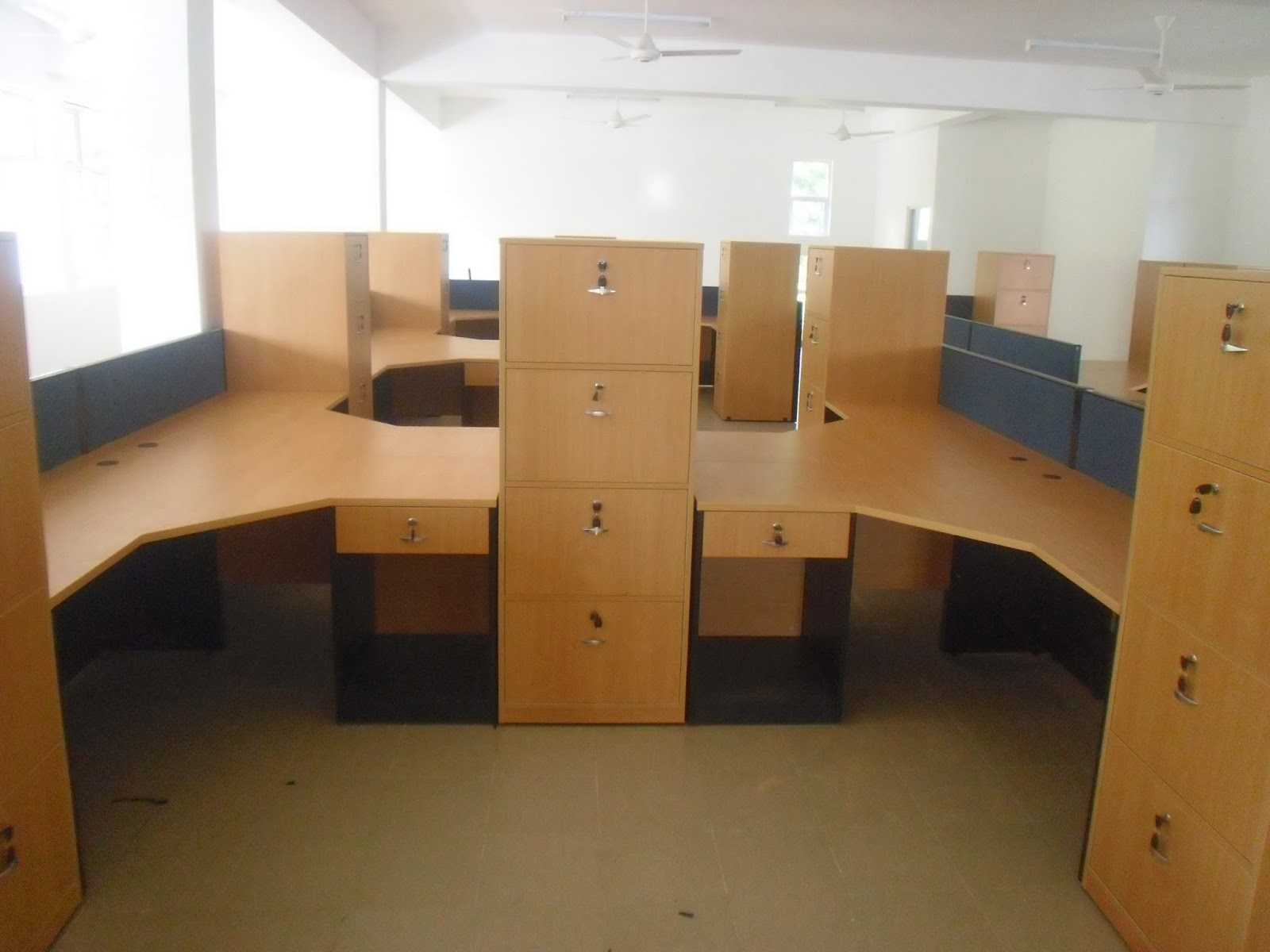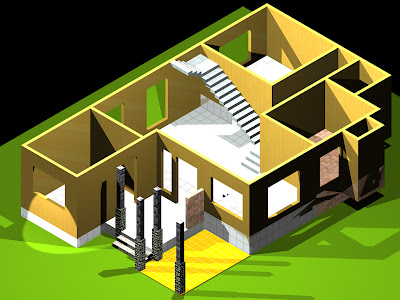PLAN
Architectural Design
Monday, 6 January 2014
Saturday, 16 March 2013
SLAB ROOF HOME
GROUND FLOOR-2ROOM,DINING,LIVING, KITCHEN, BATH & TOILET, CAR PORCH,
FRONT ELEVATION
SIDE ELEVATION
3D ELEVATION
FRONT ELEVATION
SIDE ELEVATION
3D ELEVATION
Tuesday, 14 August 2012
2012/08 NEW DESIGN
FRONT ELEVATION
GROUND FLOOR 03 BED ROOM 01 TOILET & BATH ROOM LIVING DINING KITCHEN OPEN VERANDAHA
FIRST FLOOR 02 BED ROOM LIVING 01 TOILET & BATH ROOM BALCONY
GROUND FLOOR 03 BED ROOM 01 TOILET & BATH ROOM LIVING DINING KITCHEN OPEN VERANDAHA
FIRST FLOOR 02 BED ROOM LIVING 01 TOILET & BATH ROOM BALCONY
Tuesday, 27 March 2012
Rococo Architecture • 1725-1775
Rococo Architecture • 1725-1775
Rococo artists reigned in the weighty drama of Baroque but retained its curves and elaborate ornament, resulting in a gentle, playful style typified by asymmetrical decoration and pastel colours. Most Rococo art was centred in France (the birthplace of the style), but Rococo architecture culminated in Austria and southern Germany. The style flourished especially in the form of churches.
Ottobeuren Basilika
Basilika Vierzehnheiligen
Rococo artists reigned in the weighty drama of Baroque but retained its curves and elaborate ornament, resulting in a gentle, playful style typified by asymmetrical decoration and pastel colours. Most Rococo art was centred in France (the birthplace of the style), but Rococo architecture culminated in Austria and southern Germany. The style flourished especially in the form of churches.
Ottobeuren Basilika
Basilika Vierzehnheiligen
Late Baroque Architecture • 1660-1725
Late Baroque Architecture • 1660-1725
The Late Baroque era marks the ascent of France as the heart of Western culture. Baroque art of France (and northern Europe generally) tends to be restrained, such that it can be described as a classical-Baroque compromise. The most striking element of French Baroque architecture is the double-sloped mansard roof.
The most famous Baroque structures of France are magnificent chateaus (although great Baroque churches were also constructed)
Invalides
Greatest of these chateaus is the Palace of Versailles. It was built mainly under Louis XIV, whose patronage of the arts helped propel France to the crest of Western culture.
The palace facade admirably demonstrates the classical-Baroque compromise of northern Europe. Although the walls are adorned with sculpted busts, they otherwise feature simple planar classicism. The mansard roof is more alive with Baroque elements, however, including a sinuous metal railing and rich moulding around the dormer windows. Versailles became the European model of palace architecture, inspiring similarly grand residences throughout the continent.
High Baroque Architecture • 1625-60
High Baroque Architecture • 1625-60
Gian Lorenzo Bernini is often upheld as both the greatest sculptor and architect of the Baroque style. Two of his most famous architectural works are found at St Peter's. One is the four-story baldachin that stands over the high altar.14 (A baldachin is an indoor canopy over an important object, such as an altar or a throne.) The other is the curving colonnades that frame St Peter's Square. Bernini's foremost building is likely Sant'Andrea al Quirinale (Saint Andrew's at the Quirinal), a small church. (The Quirinal is one of the hills of Rome.)
Gian Lorenzo Bernini is often upheld as both the greatest sculptor and architect of the Baroque style. Two of his most famous architectural works are found at St Peter's. One is the four-story baldachin that stands over the high altar.14 (A baldachin is an indoor canopy over an important object, such as an altar or a throne.) The other is the curving colonnades that frame St Peter's Square. Bernini's foremost building is likely Sant'Andrea al Quirinale (Saint Andrew's at the Quirinal), a small church. (The Quirinal is one of the hills of Rome.)
Baldachin at
Saint Peter's.
Saint Peter'
s Square.
Early Baroque Architecture • 1600-25
Early Baroque Architecture • 1600-25
The Baroque style of architecture first clearly emerged with Carlo Maderno, whose foremost work is the facade of St Peter's Basilica, Vatican City. Sculpted classicism is achieved via alternating pilasters and depressions.6 St Peter's as a whole is variously Late Renaissance and Baroque in style, as the building was constructed throughout both eras under many architects. (Note that this building makes extensive use of coffered ceilings. A "coffer" is a sunken panel in a ceiling, typically square or octagonal in shape.)
The Baroque style of architecture first clearly emerged with Carlo Maderno, whose foremost work is the facade of St Peter's Basilica, Vatican City. Sculpted classicism is achieved via alternating pilasters and depressions.6 St Peter's as a whole is variously Late Renaissance and Baroque in style, as the building was constructed throughout both eras under many architects. (Note that this building makes extensive use of coffered ceilings. A "coffer" is a sunken panel in a ceiling, typically square or octagonal in shape.)
Subscribe to:
Comments (Atom)

























